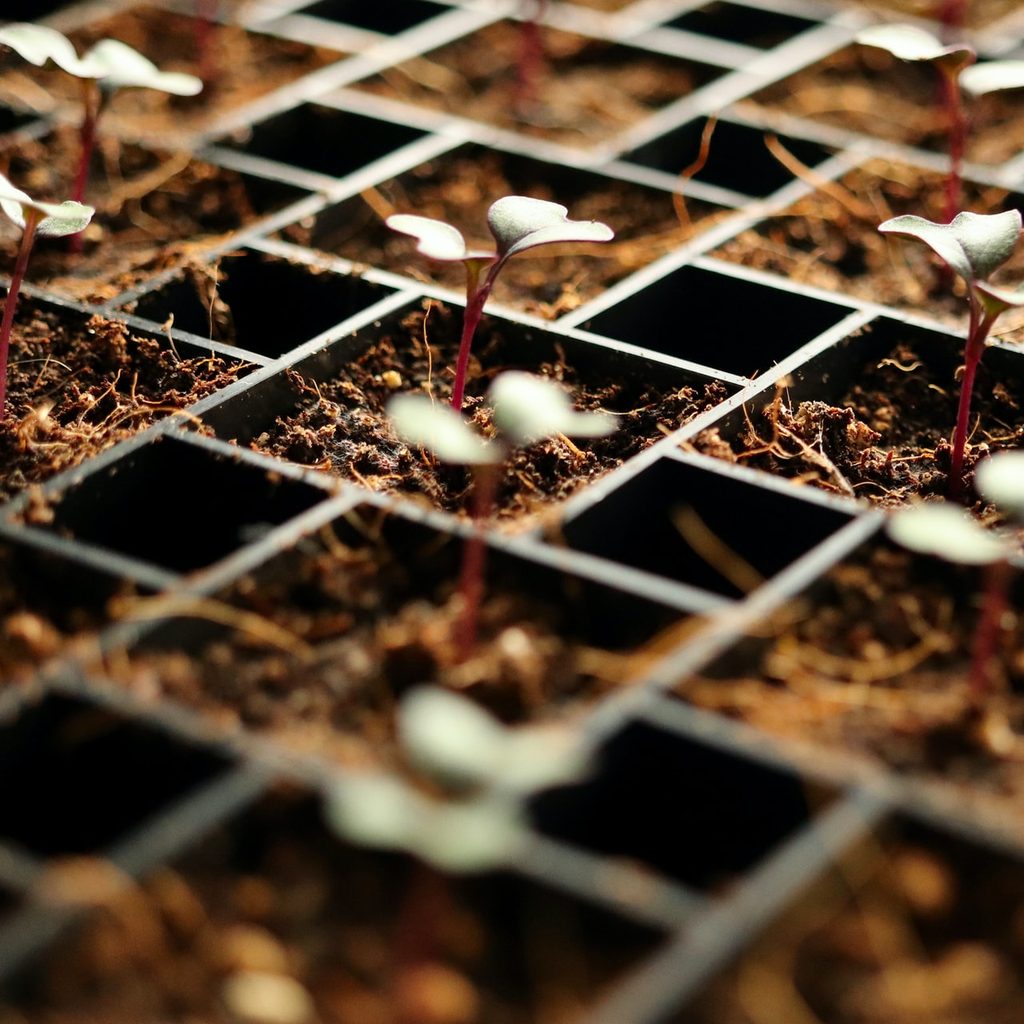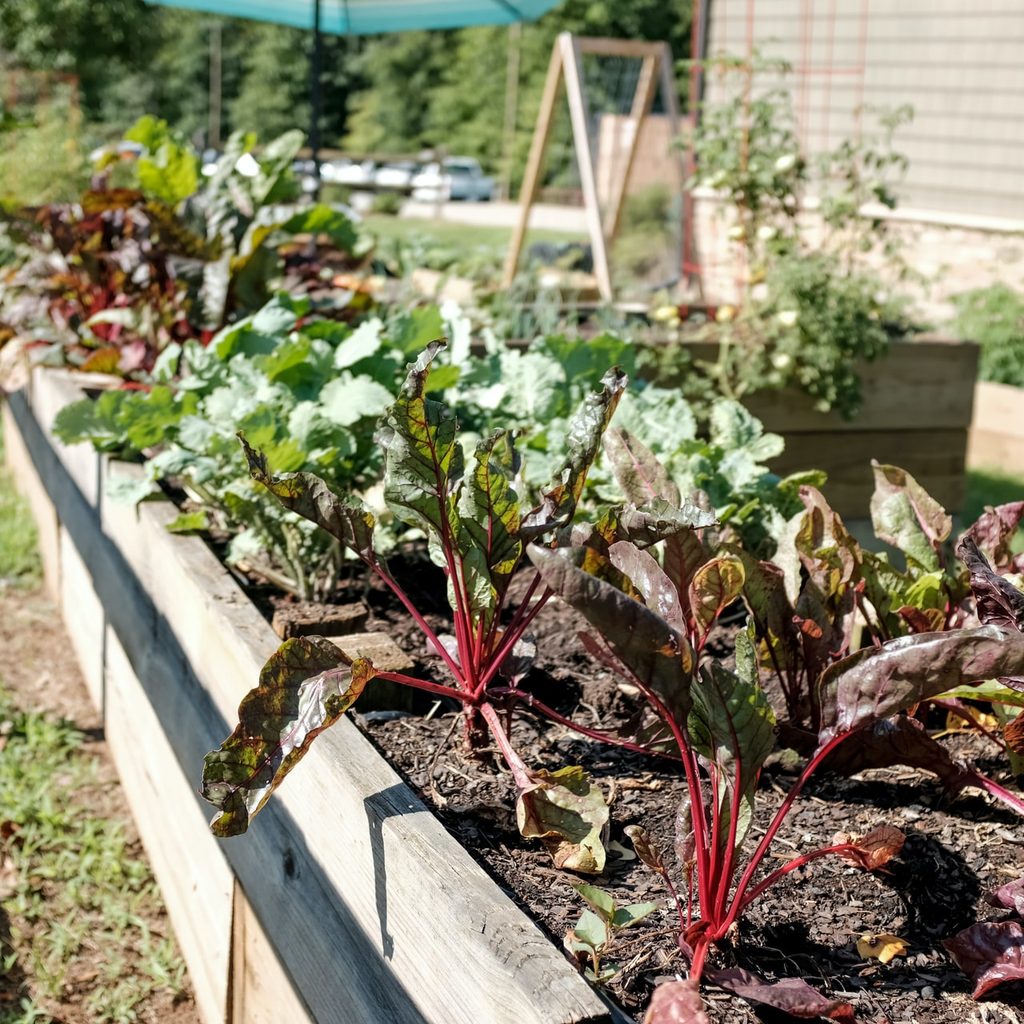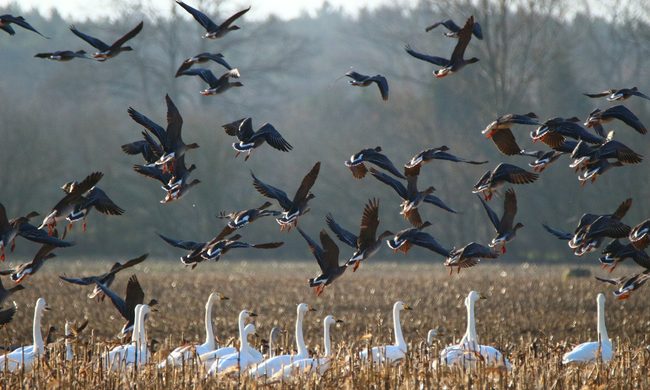Whether you are a novice gardener or have years of experience under your belt, starting a new growing season can be a little intimidating. There’s so much to do in what seems like such a short amount of time, and many gardeners fear they will forget something or simply accept that they will. To help make the beginning of the growing season easier, we’ve created this guide to help new and veteran gardeners make the most of those early growing months.
When to start seeds
While winter still has its icy grip on Mother Nature, gardeners can start prepping for the next growing season. This primarily consists of starting seeds and planning out the garden on paper. Taking those chilly months off from weeding, fertilizing, and harvesting to do some relaxed planning can be a great way to survive those gray days.
Additionally, when January rolls around, gardeners can begin germinating their seeds indoors. Vegetables like tomatoes, cucumbers, basil, and many more can get a head start on the growing season under a grow lamp. This allows you to extend the growing season and get more fruit from your plants than if they were started in the soil three to four months later. You can get up to eight weeks of growing behind you before you even prepare the garden bed.
To know when to start a seed, check the package the seed comes in or Google how many weeks a seedling can grow indoors before it needs to go outside. Tomatoes can grow for up to eight weeks indoors before they get too big and need to be moved outside.
How to prep your garden beds for planting
Unless you’re starting with a brand new garden bed, preparation for a new growing season begins at the end of the previous growing season. When plants are no longer producing fruit, rip them out and clean the bed of any weeds that might have overrun the garden during the summer. Then spread a thick layer of compost over the bed and cover it with landscape cloth, black trash bags, or cardboard. This will allow the bed to rest and soak in the nutrients from the compost.
When early spring arrives and some of your seeds are ready to be planted, remove the covering, rake the soil a bit to loosen it, and it’s ready to go.
If you missed preparing the beds at the end of last season, or you’re starting with a whole new bed, simply apply completely decomposed compost and mix it in with the existing soil. If you have a new garden bed, mix one-third soil with one-third peat moss and one-third compost and fill the bed.
What to plant during spring
Exact dates for when to plant or start seeds will always depend on which plant hardiness zone you live in. Once you’ve figured out which zone you’re in, then you can use the package the seeds came in to determine the best time of year to transplant seedlings or direct sow in your garden bed. For this guide, we’ll use zone 6 as a reference point, but be sure to check your zones for exact dates.
During late winter and early spring, many cold-hardy plants can be seed started outdoors. Plants such as beets, radishes, carrots, dill, onion, parsley, and chives can be planted as early as late February.
In the thick of spring, when trees and bushes are beginning to show off their buds, plants like potatoes, corn, cilantro, oregano, broccoli, and basil can all be planted outside. Early April is also the time of year when new honey bee hives should be installed.
In May, the last of the seed starts and direct sow plants will go into the ground. This includes tomatoes, green beans, squash, watermelon, cucumbers, eggplants, sunflowers, and bell peppers.
What to do during summer
During the hot summer months, there is less to plant and more to maintain. By early June, most of your plants are in the ground and likely already shooting up. Keep up with the lush garden by visiting every day and harvesting what is ready before it’s too late. Pull weeds, apply more fertilizer, support tall plants with stakes, and be sure to supply the garden with plenty of water.
Lastly, almost every gardener will tell you the best way to make the most of the next season is by recording your experience this season. Lots of things are going on during the summer and not just in the garden. It’s likely you won’t remember which tomato variety you liked best or how well the broccoli did in that new location. Use a notebook and jot down things that went well or anything you’d like to try differently next year.
Don’t get too overwhelmed with gardening, and try to remember that you’re doing it because you love it. If something is forgotten or you planted your zucchinis too late, you always have next season to try again. Use this guide to help remind you what needs to be planned, and use a journal to make notes to your future self.




